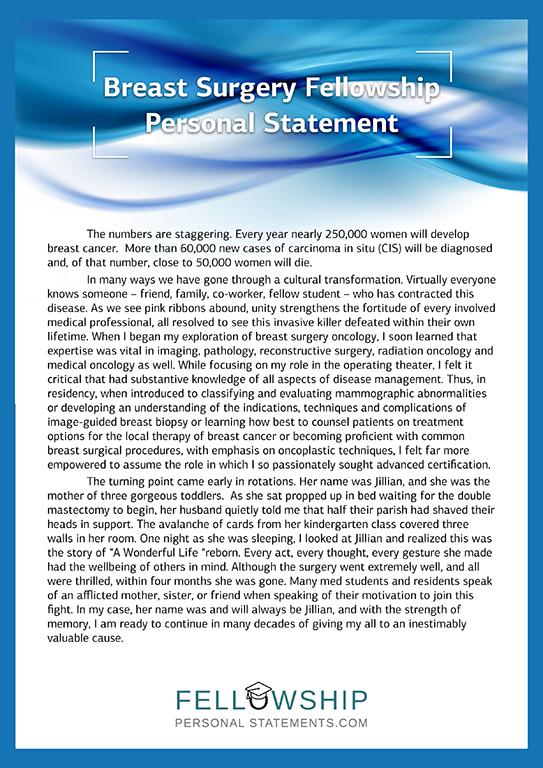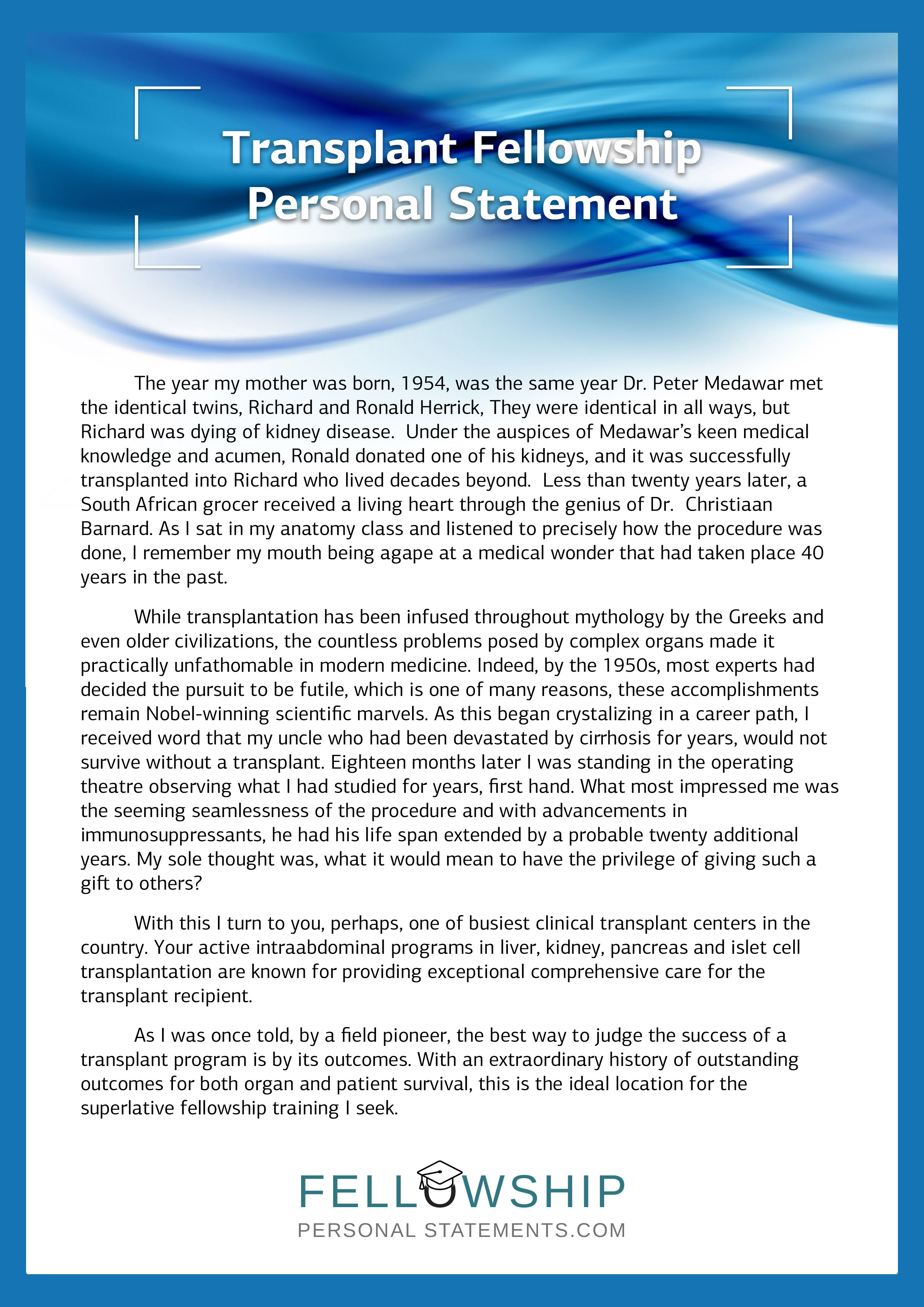
Breast-conserving surgery (BCS) refers to an operation that aims to remove breast cancer while avoiding a mastectomy. Other terms for this operation include: lumpectomy, wide local excision, segmental resection, tylectomy, and quadrantectomy. BCS has been increasingly accepted as an alternative to mastectomy in specific patients, as it provides May 15, · If so, your doctor may have told you about options to rebuild your breast or breasts — a surgery called breast reconstruction. Typically, breast reconstruction takes place during or soon after mastectomy, and in some cases, lumpectomy. Breast reconstruction also can be done many months or even years after mastectomy or lumpectomy Jan 18, · The other main type of breast reconstruction — autologous or “flap” surgery — uses tissue transplanted from another place on your body, such as your belly, thighs, or buttocks, to form a breast shape. More plastic surgeons have experience with
Breast Implant Reconstruction: Surgery details, implant types, risks and more
A breast reconstruction is surgery to make a new breast after removal of the breast tissue, breast surgery personal statement. Breast surgery personal statement surgeon creates a new breast shape using tissue from another part of your body, breast surgery personal statement, or an implant, or both.
It is your choice whether you have breast reconstruction or not but you should be offered one. Some women choose not to have reconstruction. You might be able to have breast reconstruction at the same time as the mastectomy immediate reconstruction. Or you might have it some months or years afterwards delayed reconstruction. Whenever possible you should be able to choose when you have a reconstruction operation. Everyone is different and some women prefer to have it at the same time as the mastectomy while others prefer to delay it.
You will have time to talk to your surgeon or specialist nurses and ask any questions you have. They may have photographs to show you of women who have had a breast reconstruction.
If you aren't having an immediate breast reconstruction, your nurse will show you artificial breast shapes prostheses. They are also called softies or cumfies. You put these prostheses inside your bra to create a breast shape. Your nurse will help you find the right size and shape. You may choose to be breast surgery personal statement. Your surgeon and breast care nurse will talk to you about all your options.
They will explain the pros and cons to help you make the right decision for you. You may need time to make your decision. Talking to family and friends about how you feel can help. A charity called Flat Friends offers support to women who choose to be flat. You can get in touch with women who have had similar experiences via their online forum, Facebook, Twitter, or face to face. The website also has information about research, fashion ideas and personal stories.
You might need radiotherapy after a mastectomy if your doctor thinks there is a risk of the cancer coming back. The type of surgery depends on how big the cancer is, breast surgery personal statement, where it is in the breast and whether you have a breast reconstruction.
During a simple mastectomy, the surgeon removes the breast tissue including the nipple and some of the skin and the tissues that cover the chest muscles. Rarely, breast surgery personal statement, the surgeon also removes the muscles of the chest wall. This is called a radical mastectomy.
Sometimes breast cancer cells can spread into the lymph nodes in the armpit axilla close to the breast. It is important to know if there are cancer cells in the lymph nodes in the armpit and to find out how many of the lymph nodes contain cancer cells.
This helps the doctors make decisions about your treatment. You have an ultrasound scan of the lymph nodes under your arm at the same time as having other tests to diagnose breast cancer, breast surgery personal statement.
You have a biopsy of any lymph nodes that look abnormal. You have this to check if cancer cells have spread to the nearby lymph nodes, breast surgery personal statement. The biopsy is sent to the laboratory to check for cancer cells. If this shows that the cancer has spread to the nodes in the armpit, you will have surgery to remove all or most of them.
You have this at the same time as your mastectomy. This is called an axillary lymph node dissection ALND or axillary clearance. But you have a sentinel lymph node biopsy SLNB at the same time as your breast surgery.
The sentinel node is the first breast surgery personal statement that fluid drains to from the breast into the armpit. A breast surgery personal statement hours before the operation, you have an injection of a small amount of mildly radioactive liquid into your breast close to the cancer. You usually have this in the nuclear medicine department in the hospital. The radioactive liquid is called a tracer, breast surgery personal statement.
During the operation, your surgeon may also inject a small amount of blue dye into the breast. The dye and the tracer drain away from the breast tissue into nearby lymph nodes. The surgeon can see which group of lymph nodes the dye reaches first. They also use a radioactive monitor to see which group of lymph nodes the tracer gets to first. The surgeon usually removes about 1 to 3 of these nodes. They might remove other lymph nodes if they look as though they might contain cancer cells.
They send breast surgery personal statement nodes to the laboratory to check for cancer cells. The results can take about a week. The dye can stain your breast slightly blue. It gradually fades over a few weeks or months. The dye may also turn your urine green for a few days. If there are cancer cells in the sentinel nodesyou might have another operation to remove most or all of the lymph nodes under your arm, breast surgery personal statement.
This is generally about 2 weeks after you get the results. Some people have radiotherapy to the armpit to destroy any breast surgery personal statement cancer cells instead of surgery. In some hospitals, the surgeon gets the results of the sentinel lymph node biopsy during the operation.
They can then remove the rest of the nodes if necessary and you avoid having a second operation. Instead of sentinel lymph node biopsy, your surgeon might take a sample of 4 or more lymph nodes from under your arm to check for cancer cells, breast surgery personal statement.
This is called axillary sampling. They might use a blue dye to help to find the nodes. Sleep when you can. Eat healthy and drink plenty of water. Keep positive thoughts in your head.
Talk to people, your family and friends. I felt that a mastectomy bra and breast sponge would be OK for me. Before your breast surgery, you have tests to check your fitness and you meet members of your treatment team. Read about what happens after breast surgery, exercises you need to do, and how to cope with possible problems. It is important to know if there are cancer cells in the lymph nodes in the armpit and how many.
This helps the doctors work out the stage of your cancer and plan the best treatment for you. Radiotherapy uses high energy x-rays to kill cancer cells. Find out about planning radiotherapy for breast cancer, having treatment, and possible side effects. Depending on your situation, your surgeon might recommend that you have a particular operation. Or you might have a choice of operations to consider. About Cancer generously supported by Dangoor Education since Questions about cancer?
Call freephone 9 to 5 Monday to Friday or email us. Skip to main content. Home About cancer Breast cancer Treatment for breast cancer Surgery for breast cancer Surgery to remove your breast mastectomy.
A mastectomy is surgery to remove all of the breast. Why you breast surgery personal statement have it Your surgeon is most likely to recommend this operation if you have: a large lump tumourparticularly in a small breast a tumour in the middle of your breast more than one area of cancer in your breast large areas of DCIS in your breast had radiotherapy to the breast before Mastectomy and breast reconstruction A breast reconstruction is surgery to make a new breast after removal of the breast tissue.
Your surgeon will talk to you before the operation about the options for breast reconstruction. Find out about breast reconstruction. Read about breast prostheses.
Find out what happens after breast cancer surgery. Find out about lymph node trials. Related links. Preparing for surgery Before your breast surgery, you have tests to check your fitness and you meet members of your treatment team.
There are a few things to do before you go to theatre for your breast surgery. Search our clinical trials database for all cancer trials and studies recruiting in the UK.
How to Prepare for Breast Surgery: Lumpectomy and Lymph Node Surgery
, time: 12:11Breast Reconstruction Following Mastectomy or Lumpectomy | blogger.com

Application of a domicile-based exercise program for shoulder rehabilitation after breast cancer surgery. Rev Lat Am Enfermagem. ;20(1) Sagen A, Kaaresen R, Sandvik L, Thune I, Risberg MA. Upper limb physical function and adverse effects after breast cancer surgery: a prospective year follow-up study and preoperative measures Jan 18, · The other main type of breast reconstruction — autologous or “flap” surgery — uses tissue transplanted from another place on your body, such as your belly, thighs, or buttocks, to form a breast shape. More plastic surgeons have experience with May 15, · If so, your doctor may have told you about options to rebuild your breast or breasts — a surgery called breast reconstruction. Typically, breast reconstruction takes place during or soon after mastectomy, and in some cases, lumpectomy. Breast reconstruction also can be done many months or even years after mastectomy or lumpectomy
No comments:
Post a Comment